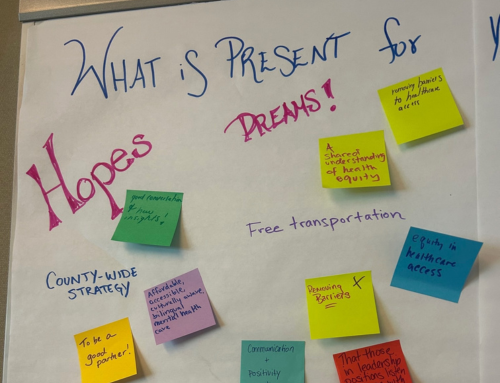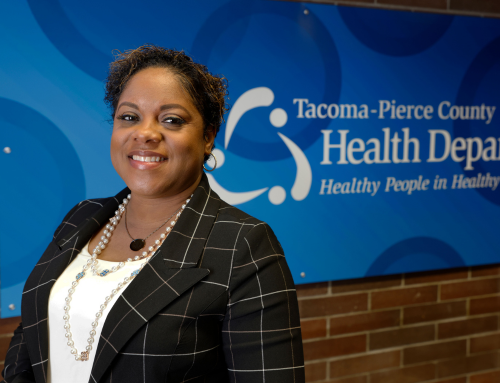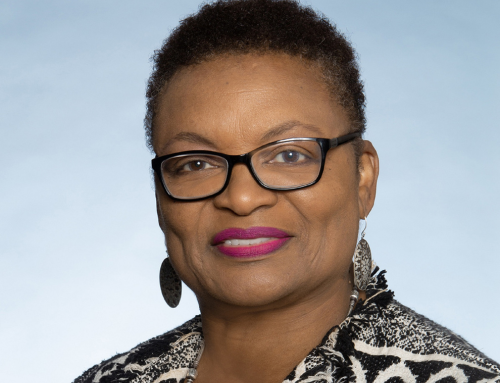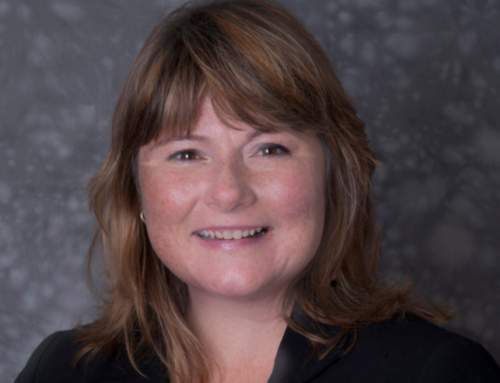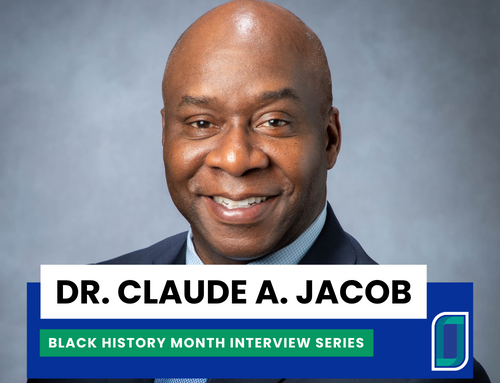The Municipality of Princeton found a fun way to get out information about the COVID-19 vaccine during the pandemic by utilizing the power of art. In partnership with Arts Council of Princeton, the Municipality of Princeton launched The Vaccine Public Arts Campaign, a creative initiative that commissioned four local artists to create visuals accompanied by taglines stating facts and information about the vaccine. The visuals featured local residents and public figures and aimed to represent the diverse communities of Princeton.
The artists selected were Veronica Foreman, Claudia Orostizaga, Art Studio by MB, and Rhinold Ponder. Around 35 artists submitted work.
Their visuals were printed in English and Spanish onto posters, yard signs, flyers, stickers, and tote bags for display at vaccine clinics and throughout the Princeton community. The Municipality of Princeton collaborated with schools and local organizations to distribute the materials to reach residents of all ages and backgrounds. Alongside the visuals came comprehensive data and resources with information about the vaccines.
The use of art alongside information broke down barriers and built trust in COVID-19 vaccines by creating a sense of understanding.
The project drew inspiration from an art campaign in Charlotte, North Carolina, which motivated Gwendolyn Krol, the Local Health Outreach Coordinator for The Municipality of Princeton, to start a similar initiative in Princeton.
Krol recognized the need for a more creative approach when it came to vaccine communication, especially during a time when people held different opinions and levels of hesitancy about vaccination. She believed that art could fill this void and foster a stronger connection with the community.
“We were looking to connect with people on a personal level,” said Krol.
The main goal of the campaign was not to convince people to get vaccinated but to share accurate information about the vaccines. Krol understood that art serves as a connecting point in Princeton. She said the success of the campaign was evident through the positive feedback received from the community and the increased engagement it generated.
“We always just presented the updated facts and data that we had, and we listened,” she said.
Krol encourages all organizations, regardless of their field, to incorporate art into their work. She said art goes beyond visuals and can take various forms such as music, theater, and literature.
“Art is approachable and effective,” said Krol. “I think using art as a health messaging tool is cool.”
Out of the Vaccine Public Arts Campaign came beautiful, vibrant, and inclusive artwork that can be used to promote other vaccines.
The Municipality of Princeton continues to embrace art as a transformative tool in public health. By recognizing the power of creative expression and incorporating it into their communication strategies, Princeton sets a positive example for other health departments.
Along with the assistance of art, Krol said real transformative public health comes from listening to the communities one serves.
“In order to know what’s going on health wise in the community you have to engage with the community,” she said. “It’s easy to stay in your office…but it can be very different in your local community.”
“Art is approachable and effective. I think using art as a health messaging tool is cool.”
Gwendolyn Krol, Princeton County Health Dept.
![PUMC Clinic 08.05.2021 – 5[63929]](https://phaboard.org/wp-content/uploads/PUMC-Clinic-08.05.2021-563929-scaled.jpg)
![Vax Art Campaign – 3[63932]](https://phaboard.org/wp-content/uploads/Vax-Art-Campaign-363932-scaled.jpg)



